The US Navy ship USS Indianapolis sank during World War II, resulting in one of the worst shark attacks in history, with 150 deaths.
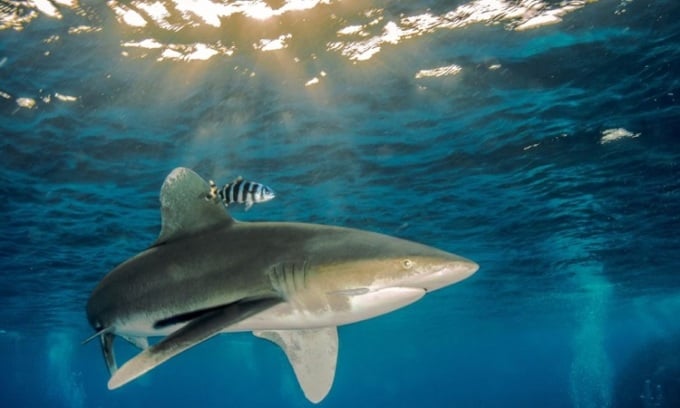
Whitetip sharks usually live near the surface of the water. Photo: atese
Shark attacks are extremely rare. But during World War II, the sinking of the USS Indianapolis led to the most famous shark attack in history. The explosion attracted the apex predator, sparking a multi-day carnage, according to Live Science .
In July 1945, the USS Indianapolis completed a voyage to the naval base on the Pacific island of Tinian to transport uranium and other components used to create the "Little Boy" nuclear bomb. The first nuclear weapon used in war, the US military later dropped the bomb on the Japanese city of Hiroshima.
After loading the equipment, the Indianapolis sailed to the Philippines for a training mission. Shortly after midnight on July 30, the ship was torpedoed by a Japanese submarine, causing severe damage. A massive amount of water flooded the Indianapolis, causing it to sink in just 12 minutes. Of the 1,195 crew members on board, about 300 went down with the ship, but nearly 900 were lost at sea. Many died of exhaustion, starvation, and seawater poisoning. However, according to Smithsonian Magazine, an estimated 150 sailors died from shark bites.
Unlike some other predators like lions and wolves, most sharks hunt alone, according to Nico Booyens, a marine biologist and research director at the Shark Research Unit in South Africa. Different shark species have different hunting techniques, but many are solitary hunters, relying on sight, smell, and electroreception to locate prey.
Sharks also have a special system called a lateral line organ to pick up vibrations in the water. This sensory ability allows them to detect the movements of the underwater soldiers as they struggle to stay afloat. Once the sharks locate the sailors, they have little chance of survival, especially if they are injured. According to survivors, many victims are attacked near the surface. This has led to speculation that oceanic whitetip sharks ( Carcharhinus longimanus ) were involved in the attack, as they are surface-dwelling species.
"When sharks find prey, they often use their sharp teeth and powerful jaws to tear the flesh," Booyens shared. "Some sharks like the tiger shark ( Galeocerdo cuvier ) are famous for swallowing their prey whole, while bull sharks (Carcharhinus leucas ) will attack and bite their prey repeatedly until it is weak or immobile."
Although whitetip sharks are at the top of the food chain, their meals are few and far between, so they are often opportunistic feeders. According to the Florida Museum, whitetip sharks are often the first to arrive in the area of a marine disaster, and were the primary cause of death after the RMS Nova Scotia sank in 1942. The sharks are known to be persistent, unpredictable, and bold, making them especially dangerous to humans.
In the case of the USS Indianapolis, the dead and wounded were the first targets. "The first morning we encountered the sharks," said Corporal Edgar Harrell, one of the survivors. "When the soldiers were separated, the sharks targeted them. You heard a blood-curdling scream, then the body was pulled down, and finally only the life jackets were left floating."
The soldiers were so frightened that they did not dare eat or move for fear of becoming shark prey. According to survivor reports, one sailor opened a can of meat but was surrounded by sharks, which eventually led to a feeding frenzy. "Frenzied feeding activity often occurs when food is suddenly abundant, such as a large school of fish trapped in a small area. The smell of blood and the struggling of prey can trigger a feeding frenzy, causing sharks to rush in and grab the available food," Booyens explained.
Many shark species can engage in predatory behavior, becoming very aggressive and attacking each other as well as their prey. However, the opportunistic feeding behavior and size and strength of whitetip sharks make them particularly dangerous to mariners. “The feeding behavior can be very dangerous to people in the water because sharks cannot differentiate between prey and humans,” Booyens said.
For four days, no rescue ship appeared. Although the US Navy received a report that a Japanese submarine had sunk the US ship, the message was believed to be a hoax designed to lure the US rescue ship into a trap. Meanwhile, the survivors tried to stay afloat in groups, but in the hot sun, many died of dehydration. Many others died of hypernatremia after being forced to drink seawater.
Finally, a Navy plane flew over and spotted the Indianapolis' survivors radioing for help. Food, water, and life rafts were dropped to the sailors before Lieutenant Adrian Marks landed a seaplane to rescue some from the sharks. Finally, the USS Cecil J. Doyle helped pull the survivors from the water. In all, only 316 people survived.
An Khang (According to Live Science )
Source link


![[Photo] Opening of the 14th Conference of the 13th Party Central Committee](https://vphoto.vietnam.vn/thumb/1200x675/vietnam/resource/IMAGE/2025/11/05/1762310995216_a5-bnd-5742-5255-jpg.webp)




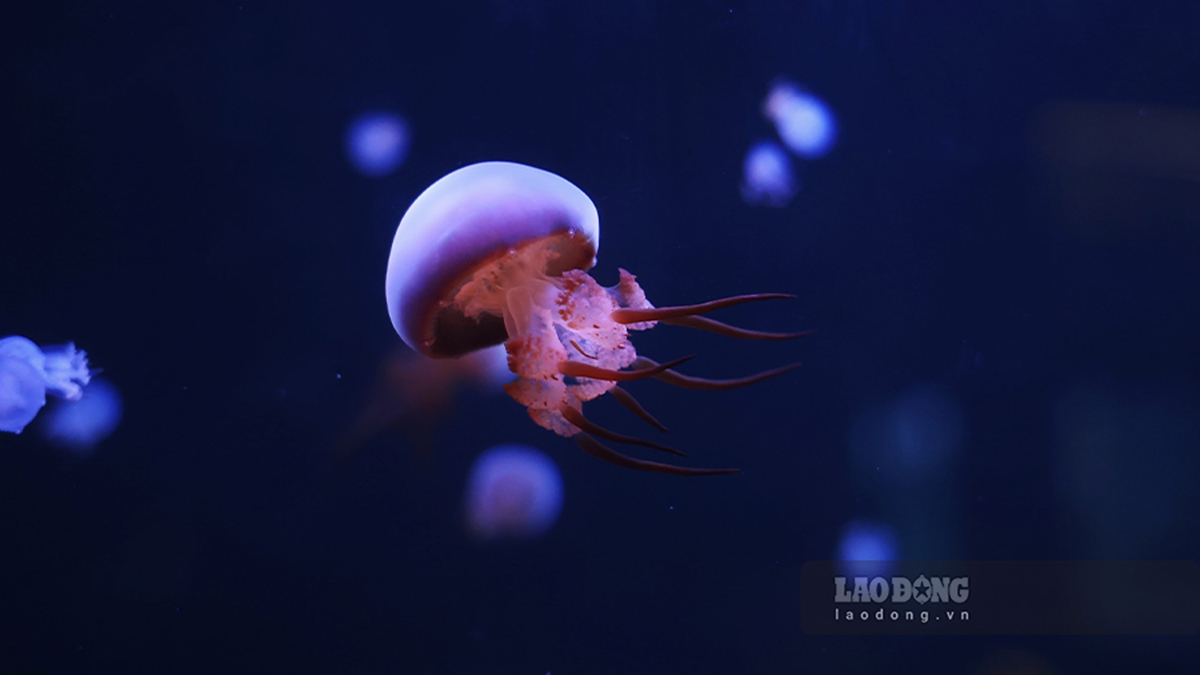






![[Video] Not Alone - Online Safety Day](https://vphoto.vietnam.vn/thumb/402x226/vietnam/resource/IMAGE/2025/11/05/1762347906381_sequence-0100-00-17-02still001-jpg.webp)
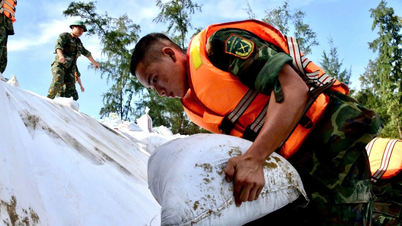




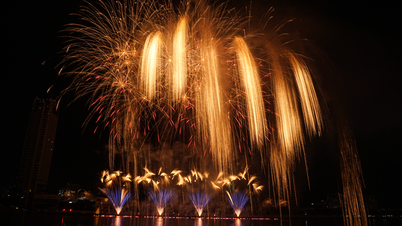






![[Photo] Panorama of the Patriotic Emulation Congress of Nhan Dan Newspaper for the period 2025-2030](https://vphoto.vietnam.vn/thumb/1200x675/vietnam/resource/IMAGE/2025/11/04/1762252775462_ndo_br_dhthiduayeuncbaond-6125-jpg.webp)

























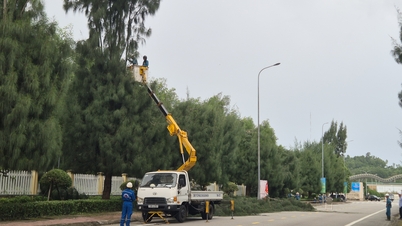










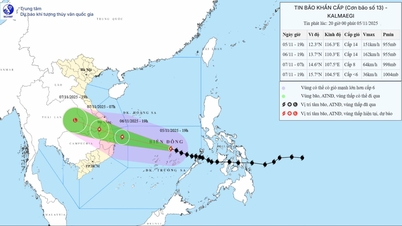




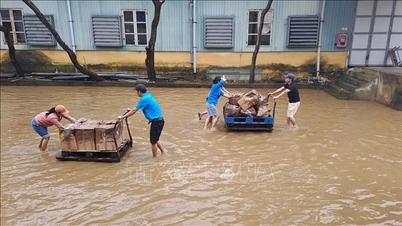
































Comment (0)